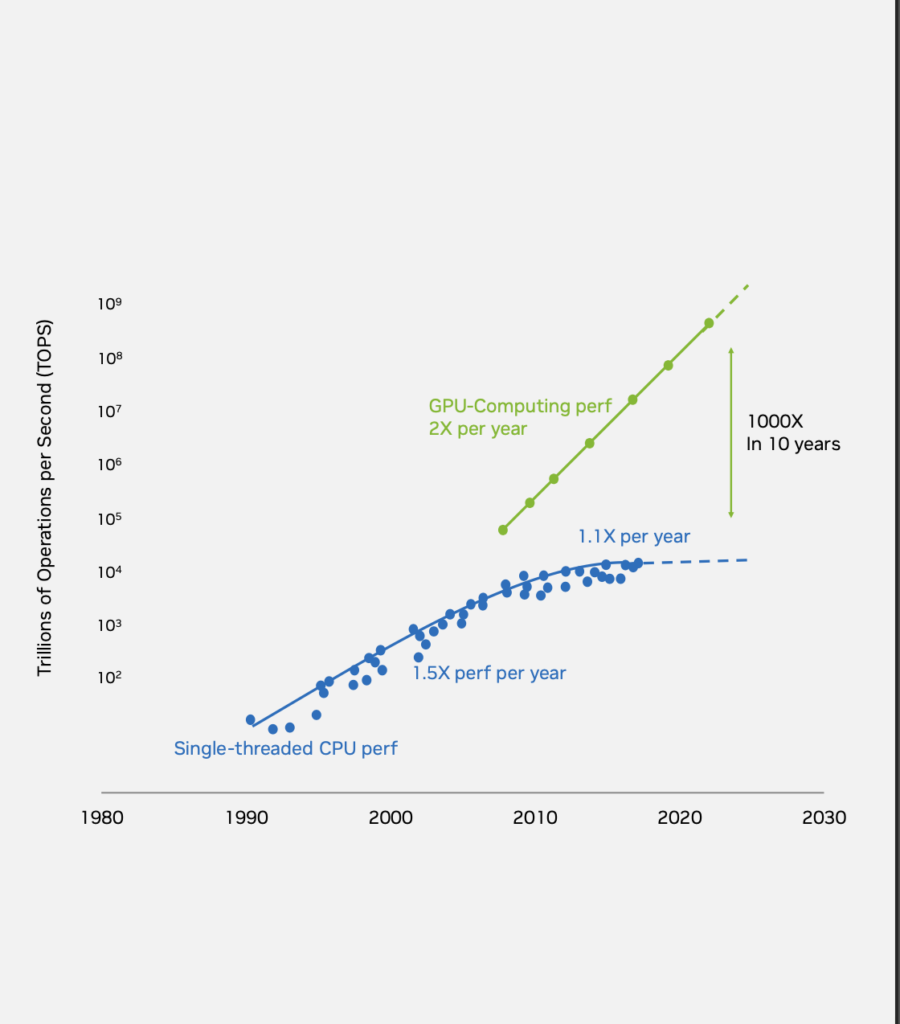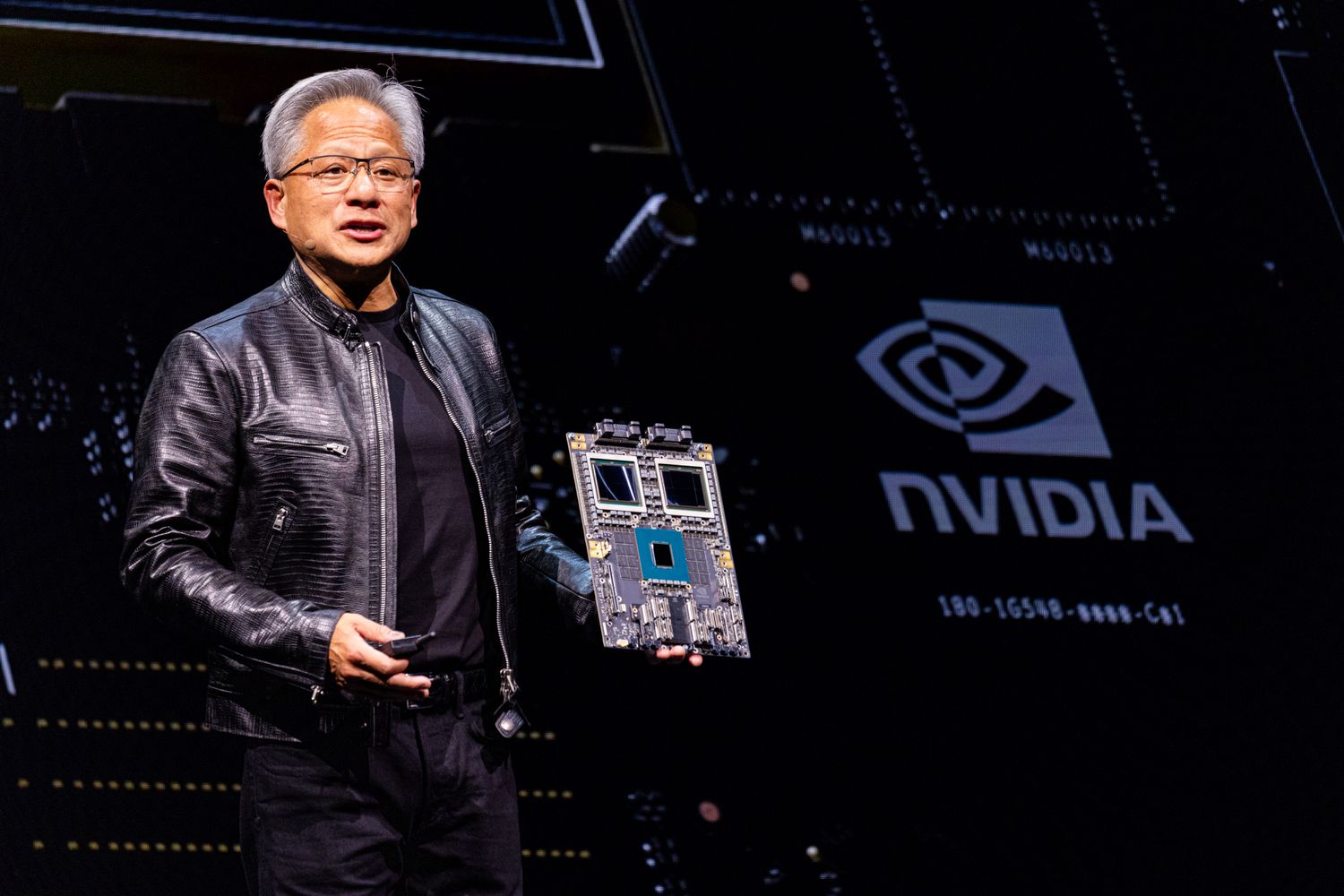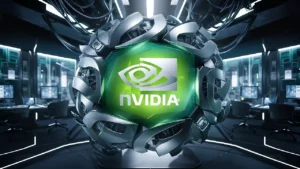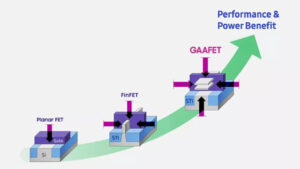Introduction
In the rapidly evolving landscape of technology, the term “accelerated computing” is becoming increasingly prevalent. But what exactly does it mean, and why is a tech giant like NVIDIA so bullish about it?
“The future of computing is accelerated,” Huang said. “With our innovations in AI and accelerated computing, we’re pushing the boundaries of what’s possible and driving the next wave of technological advancement.”
Let’s dive into the world of accelerated computing and explore why it’s set to revolutionize various industries.
Follow us on LinkedIn for everything around Semiconductors & AI
What is Accelerated Computing?
Accelerated computing refers to the use of specialized hardware to perform tasks faster than a traditional CPU (Central Processing Unit) could manage alone.
This specialized hardware often includes Graphics Processing Units (GPUs), Field Programmable Gate Arrays (FPGAs), and Application-Specific Integrated Circuits (ASICs). These components work in tandem with CPUs to offload and accelerate compute-intensive tasks, leading to significantly enhanced performance and efficiency.

Read More:Singapore Invests Close to S$300 Million in National Quantum Strategy – techovedas
The Role of GPUs
GPUs, originally designed for rendering graphics in video games, have found a crucial role in accelerated computing. Unlike CPUs, which are designed to handle a broad range of tasks, GPUs excel at parallel processing.
This makes them particularly effective for handling large-scale computations found in applications such as artificial intelligence (AI), data analytics, scientific simulations, and more.
NVIDIA, a leader in GPU technology, has been at the forefront of this revolution. With their CUDA (Compute Unified Device Architecture) platform, NVIDIA has enabled developers to leverage the power of GPUs for general-purpose computing.
This has opened up new possibilities across a variety of fields, from healthcare and finance to autonomous vehicles and supercomputing.
Read More: ASML and Imec Invest $380M in Next-Gen Chip Lab – techovedas
The Power of Parallel Processing:
Traditional CPUs handle tasks sequentially, one instruction at a time. Accelerated computing leverages GPUs, which excel at parallel processing. A GPU has thousands of cores compared to a CPU’s handful, allowing it to tackle numerous computations simultaneously. Imagine a CPU as a single chef handling ingredients one by one, while a GPU is a commercial kitchen with multiple stations processing ingredients concurrently.
Why is NVIDIA Bullish About Accelerated Computing?
Exponential Growth in Data and AI:
- The amount of data generated globally is growing at an unprecedented rate. This data explosion fuels the need for faster, more efficient processing capabilities. AI, in particular, requires substantial computational power for training and inference tasks. NVIDIA’s GPUs are designed to handle these demands, making them essential for AI development and deployment.
Technological Innovations:
- NVIDIA continues to innovate with advancements like the Ampere and Hopper architectures, which provide significant performance improvements and energy efficiency. These innovations solidify NVIDIA’s position as a leader in the accelerated computing space.
Diverse Application Areas:
- Accelerated computing is not limited to AI. It extends to high-performance computing (HPC), data analytics, scientific research, and even blockchain technology. This versatility ensures a broad market for NVIDIA’s products.
Ecosystem and Software Development:
- NVIDIA has built a robust ecosystem around its hardware. Their software libraries, such as cuDNN for deep learning and RAPIDS for data science, enable developers to optimize applications for GPUs easily. This comprehensive support system encourages more industries to adopt accelerated computing.
Strategic Acquisitions and Partnerships:
- NVIDIA’s strategic acquisitions, such as Mellanox (networking) and ARM (chip design), and partnerships with major cloud service providers like AWS, Google Cloud, and Microsoft Azure, expand their influence and integration across the computing landscape.
Energy Efficiency and Sustainability:
- As the world becomes more conscious of energy consumption and sustainability, accelerated computing offers a path to more efficient data processing. GPUs are inherently more power-efficient for many parallelizable tasks compared to CPUs, aligning with global sustainability goals.
Impact on Various Industries
- Healthcare: It enables faster genomic analysis, medical imaging, and drug discovery, leading to quicker diagnostics and treatment plans.
- Finance: Financial institutions leverage GPUs for real-time fraud detection, risk management, and algorithmic trading, enhancing security and profitability.
- Automotive: Autonomous vehicles rely on accelerated computing for real-time processing of vast amounts of sensor data, crucial for safe and reliable operation.
- Entertainment: The film and gaming industries use GPUs for rendering high-quality graphics and simulations, pushing the boundaries of visual experiences.
- Scientific Research: Researchers use accelerated computing for complex simulations, such as climate modeling and particle physics, advancing our understanding of the universe.
Conclusion
It is not just a technological trend; it is a fundamental shift in how we approach complex computations.
NVIDIA’s commitment to this field, through continuous innovation and strategic positioning, highlights the immense potential and transformative impact of accelerated computing.
As data continues to grow and computational demands increase, accelerated computing will play a pivotal role in shaping the future of technology and industry.
In essence, NVIDIA’s bullish stance on accelerated computing is well-founded, promising a future where computational tasks that once seemed insurmountable are performed with speed and efficiency, unlocking new horizons of possibility across various domains.







